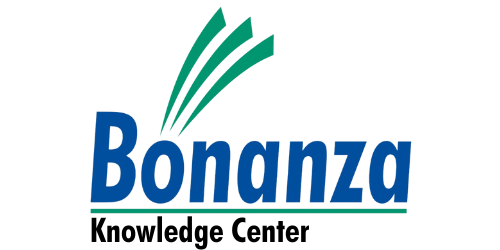NSE and BSE, India’s top stock exchanges had announced the implementation of the T+1 settlement in phased manner from manner 25 February 2022, starting with the bottom 100 stocks in terms of market value. 500 stocks would be added in the next phase, on the basis of the same market value criteria from the last Friday of March and the process would continue in the same manner every subsequent month.
This announcement has left many investors confused about ‘What is T+1 settlement system?’ and how it works?
In this article, let’s take a detailed look at:
What is T+1 settlement system?
How T+1 settlement system will benefit Investors?
Before we proceed with the answer to above questions, let’s take a look at the meaning of settlement system.
In stock markets, there is a life cycle for every trade which begins with the placement of an order for buying or selling and ends once settlement of the trade is done. The entire process from start to end can be described as the trade life cycle. Stock markets in India currently follow the T+2 settlement cycle. This essentially means that currently it requires two days for a trade life cycle to be completed in Indian stock markets, from initiation of the buy/sell order to settlement of the trade.
Let’s understand T+2 settlement system with the help of the below example:
An investor sells a certain quantity of XYZ shares he holds in his demat account on Monday. The stock broker through which he has initiated the trade, will receive the proceeds of the share sale on Wednesday. However the money will be credited in the investor’s account only on Thursday, i.e. 3 days after the investor initiated the sell trade.
What is T+1 settlement system?
Under the proposed settlement system it would require only 1 day for the entire trade life cycle to be completed in Indian stock markets, i.e. from initiation of the buy/sell order to settlement of the trade.
Let’s understand proposed settlement system with the help of the below example:
An investor sells a certain quantity of XYZ shares he holds in his demat account on Monday. The stock broker through which he has initiated the trade, will receive the proceeds of the share sale on Tuesday. The money will be credited in the investor’s account on Wednesday, i.e. a day earlier than currently prevailing system after the investor initiated the sell trade.
What are the advantages of the T+1 settlement system?
The proposed settlement system is expected make the functioning of markets more efficient as well as reduced operational and systematic risks. By reducing the settlement cycle by a day from current two days, it will decrease the risk of counterparty pay-in/pay-out defaults as well as lower margin requirements. Besides this, settlement system will also provide investors more liquidity as funds and securities will be accessible one day earlier.
Commenting on the new settlement system at an event, the SEBI chief Ajay Tyagi stated, “The decision to implement T+1 settlement in a phased manner beginning February 2022 will go a long way in protecting investors’ interest”.
Click here to open a free trading and demat account and trade at the lowest brokerage rate of just Rs. 18/- per order.
– Written and contributed by Pradeep Sukumaran.




